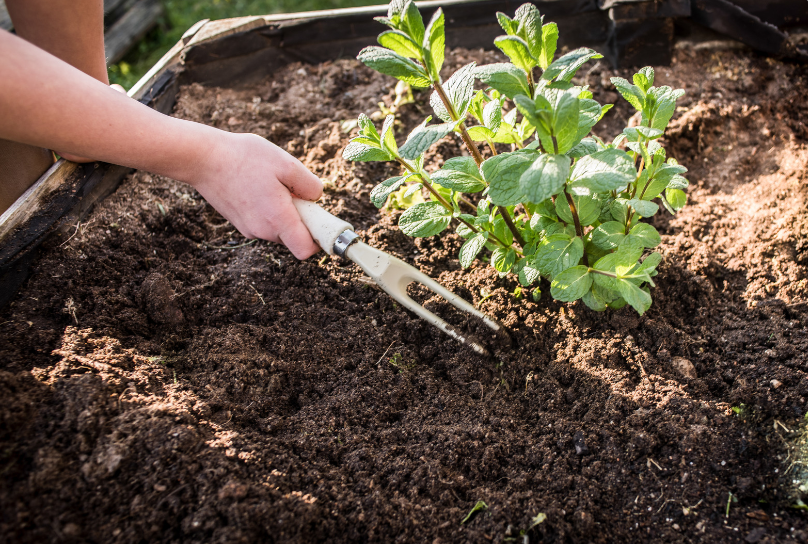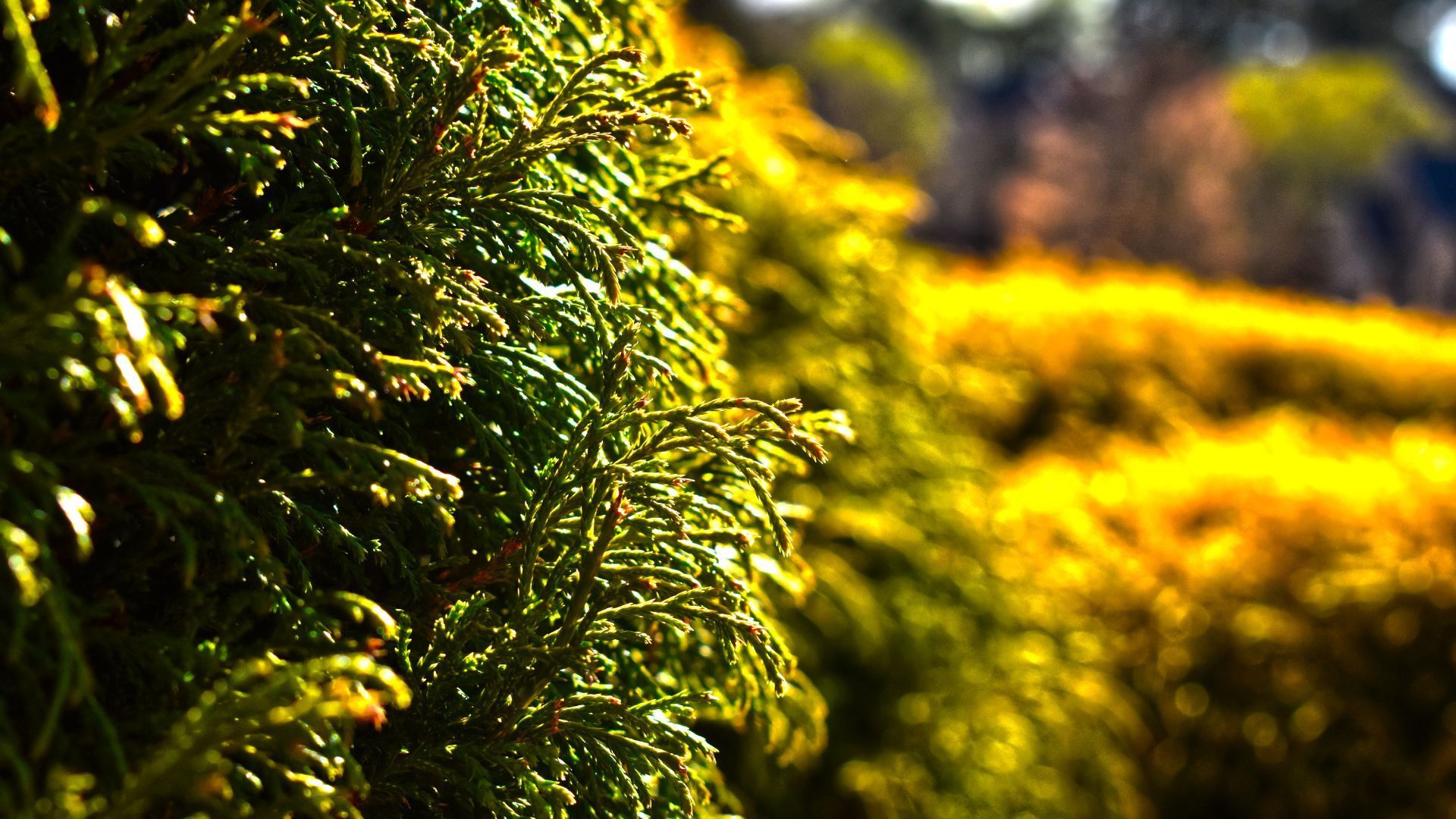What Are the Best Plants for Mississauga's Climate?
With three large lakes less than 300 kilometers away, our climate in Mississauga is unique. Summers are warm and generally pleasant, but winters can be very windy with plenty of cloud cover. This presents a challenge when choosing perennial landscaping plants - they must be hardy enough to survive the winter without getting scorched on the hottest days of the summer.
As in any climate, the best way to ensure that your landscape thrives is to use as many native plants as possible. Here are a few of our favorite local species to bring color and year-round life to your landscape:
Milkweed
Asclepias incarnata, also known as swamp milkweed or rose milkweed, is a native perennial that produces pink, purple, or white flowers during the summer. It can grow up to 150 cm tall, providing visual interest in larger flower gardens where it remains fully visible behind smaller plants.
Milkweed thrives in damp soil and can handle both full sun and partial shade. Its blooms can be cut and used to beautify the inside of your home as well - milkweed flowers last longer after being cut than many other flower species. And as an added bonus, milkweed is one of the favorite foods of Monarch butterflies, so you just might attract a few very welcome guests to your landscape!
Canada Anemone
Canada anemone, native to the shores of Lake Ontario, is one of our favorite groundcover plants thanks to its interesting leaves and white flowers. While it can be too aggressive to plant near some smaller or more delicate species, it is great at filling in areas that remain too moist for more traditional lawn coverings. It’s low profile also allows you to mow over it without damaging it if you use proper lawn mower settings.
If you are looking for hardy, low maintenance ground cover that also produces attractive flowers, Canada anemone is the way to go. Once it takes root in your lawn or garden bed, it will give you beautiful greenery for many seasons with very little effort!
Red Dogwood
Red dogwood is a favorite landscaping shrub in many northern climates thanks to its hardiness and adaptability. It produces white flowers in the spring, then white berries in late summer. Our favorite thing about this large shrub, however, is the winter color it brings. As its leaves fall in autumn, its red branches become the perfect focal point for a winter landscape.
Native to North America, red dogwood can grow in dry conditions and can also tolerate standing water. It thrives in partial shade to full sun, and will provide great shade for your yard when it reaches maturity. It can grow to be 2 to 2.5 meters tall, but can also be trimmed back almost to the ground every few years if you want to keep it small. Whether you plant a single shrub or use it to line your property, red dogwood plants will serve you well for many years with just a little bit of tending!
You might also like



Get a free quote today!
Contact Us
We will get back to you as soon as possible.
Please try again later.
100% Satisfaction Guaranteed!
Our Highly Skilled Experts Provide Fast And Permanent Solutions For Your Landscaping Needs. Your complete satisfaction is our #1 goal.

SERVICE AREAS
Contact Us
- Mon - Fri
- -
- Sat - Sun
- -
